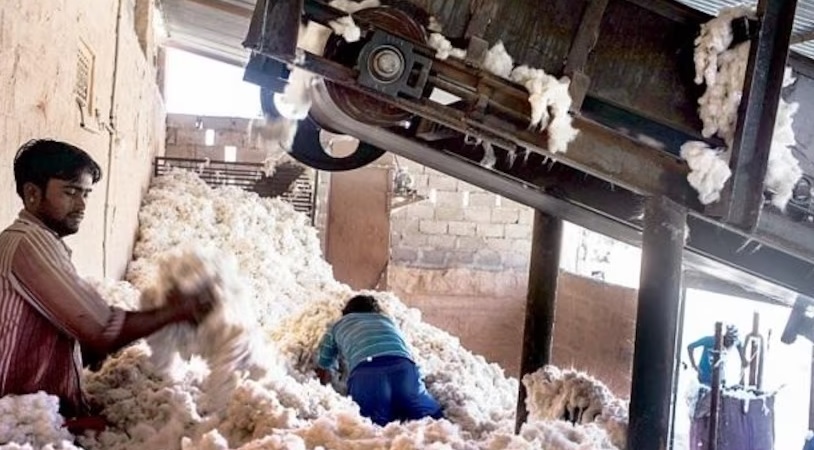
Cotton prices in India have reached new heights of late, surpassing the Minimum Support Price (MSP) by 3 per cent. Experts anticipate a further price increase in the coming days. This escalating trend is triggered by various factors, including reduced cotton acreage this Kharif season, crop damage from heavy rains in key producing states, and the lingering impact of pest attacks in the previous year.
Domestic market outlook
The current situation points to a tight cotton supply in the domestic market, with prices exceeding MSP levels. This trend is expected to persist given the lower cotton acreage and potential crop losses. In fact, the price rise might be momentarily beneficial for farmers, the ripple effects could pose challenges for the entire cotton supply chain.
The high prices of domestic cotton are expected to lead to a shift in consumption patterns, with a potential increase in the use of imported cotton. As domestic cotton becomes more expensive, textile mills and other industries may opt for relatively cheaper imported options to maintain profit margins. This could further increase the demand for imported cotton and exert pressure on the domestic market.
Export competitiveness
India is a major player in the global cotton market. However, spiralling domestic prices could negatively impact India's export competitiveness. High domestic prices make Indian cotton less attractive to international buyers compared to other cotton-producing countries. This could lead to a decline in exports and impact the revenue generated from cotton sales. Also, higher raw material costs could make Indian cotton-based products relatively expensive in the international market. This could lead to reduced exports and loss of market share to countries offering cotton products at more competitive prices.
Ripple effect across supply chain
The escalating cotton prices are likely to create a ripple effect throughout the cotton supply chain in India. From farmers to textile mills and garment manufacturers, various stakeholders may be affected.
Farmers: While higher prices may seem beneficial for farmers, the reduced sowing area and crop damage due to heavy rains may limit their overall gains. Furthermore, the increased cost of inputs like fertilizers and pesticides could further impact their profitability.
Textile mills: Higher cotton prices will translate into increased production costs for textile mills. This may force them to either pass on the cost to consumers through higher prices or absorb the impact, affecting their profitability.
Garment manufacturers: The rising cost of raw materials, including cotton, may lead to higher prices for garments and other textile products. This could impact consumer demand and affect the overall growth of the garment industry.












